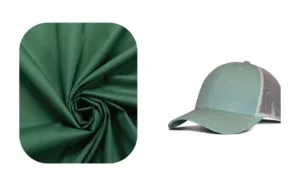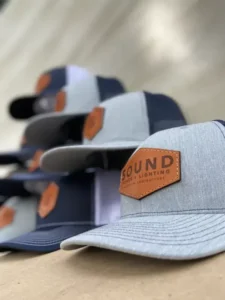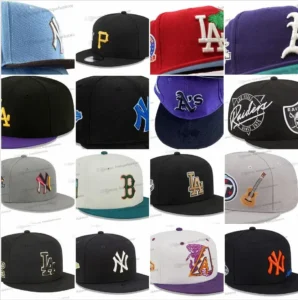Making hats from paper is more than just a fun craft project—it’s a creative journey that blends art, tradition, and personal expression. Whether you’re a beginner looking to fold your first origami hat or an enthusiast eager to explore intricate designs, paper hats offer a world of possibilities. From childhood memories of newspaper hats to sophisticated origami masterpieces, paper hats have captivated people for generations.
In this complete guide, you’ll discover the types of paper hats you can create, the best materials to use, step-by-step instructions for simple designs, ways to customize your hat, and insights into advanced projects. Whether you want to entertain kids, make themed party accessories, or simply try a new craft, this guide covers it all with detailed, easy-to-follow advice.
Imagine the pride of wearing a hat you made yourself—one that tells a story or fits perfectly with your unique style. Ready to dive into the colorful, foldable world of paper hats? Let’s get started!
1. What Types of Paper Hats Can You Create?
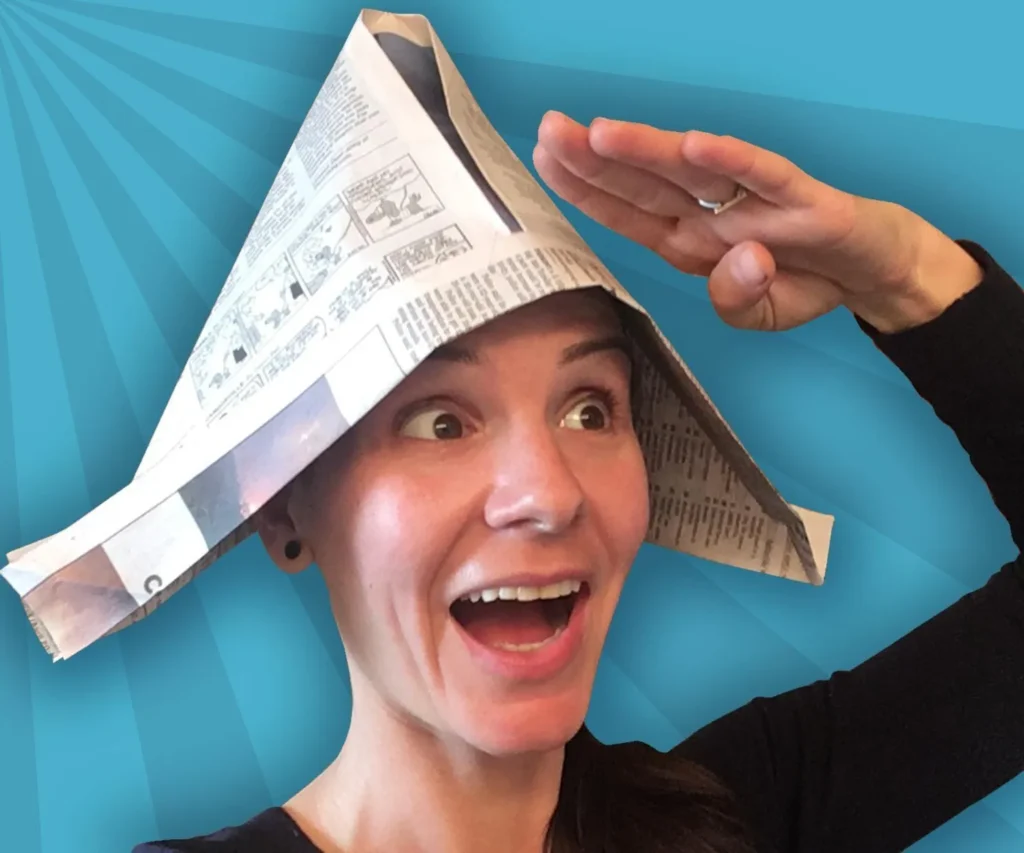
Paper hats come in many forms, each suited for different occasions and skill levels. You can craft simple party hats, detailed origami designs, historical printer’s hats, or even cowboy-style hats inspired by pop culture.
Popular paper hat types include origami hats, party cones, printer’s hats, cowboy hats, and decorative Easter bonnets. Each type offers a distinct look and crafting experience, from quick folds to more complex assemblies.
- Origami Hats: These are minimalist and elegant, relying solely on folding techniques. Origami hats are often flat and easy to wear, suitable for school projects or casual fun. For example, the classic origami samurai helmet is a popular choice among beginners and children.
- DIY Party Hats: Usually cone-shaped and made from colorful paper, these hats are staples at birthday parties and festive events. Their simplicity allows easy decoration with stickers, glitter, or pom-poms.
- Printer’s Hats: Historically worn by typesetters, these box-like hats have a charming vintage appeal. They are great for educational crafts that explore history and culture.
- Cowboy Hats: These require more intricate folding or cutting but are perfect for themed parties or theatrical props. Mini cowboy hats made from newspaper or cardstock can add a playful touch to costumes.
- Easter Bonnets: These are decorative and often incorporate floral elements or pastel colors, popular during spring festivals.
By understanding these types, you can pick the perfect hat style to match your occasion or personal interest.
| Paper Hat Type | Description | Ideal For |
|---|---|---|
| Origami Hats | Minimalist, fold-only designs | Beginners, school projects |
| Party Hats | Cone-shaped, colorful | Birthdays, celebrations |
| Printer’s Hats | Box-style, historical | Educational, vintage style |
| Cowboy Hats | Intricate, themed | Costume parties |
| Easter Bonnets | Decorative, floral-themed | Spring festivals |
2. Which Materials Are Best for Making Paper Hats?
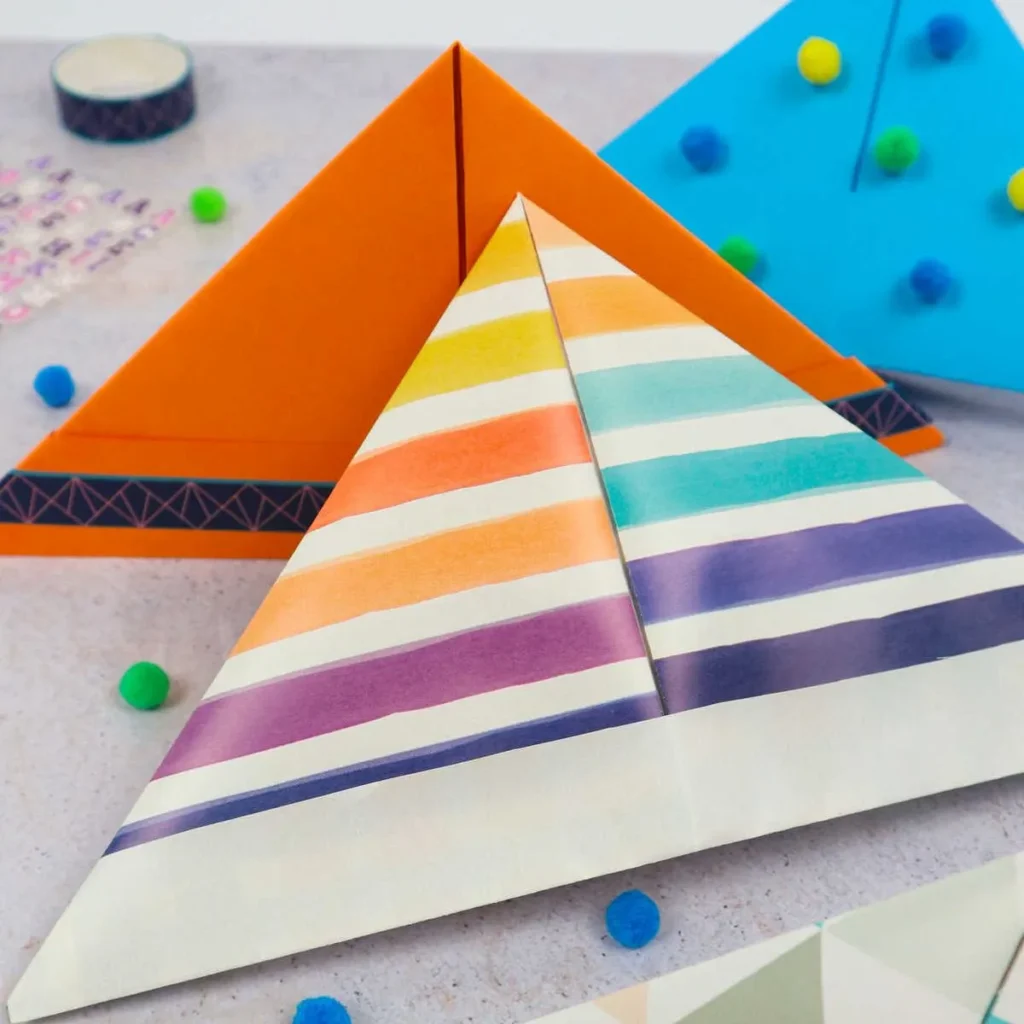
Choosing the right paper material affects your hat’s durability, appearance, and ease of crafting. The most common materials range from everyday printer paper to sturdy cardboard.
The best papers for hat making include standard printer paper, construction paper, newspaper, and cardboard—each suited to different hat styles and purposes.
- Standard Printer Paper: Accessible and easy to fold, it’s perfect for lightweight origami hats and quick crafts. However, it is less durable and may tear easily.
- Construction Paper: Thicker and available in many colors, this is ideal for party hats and decorative designs. It holds shape better and withstands some wear.
- Newspaper: Great for eco-friendly projects and large hats, newspaper provides a rustic look but requires careful folding to avoid tearing.
- Cardboard: Best for structured hats that need to stand firm, such as printer’s hats or cowboy hats. It’s heavier and may need glue or tape for assembly.
- Decorative Add-ons: Use markers, stickers, ribbons, or glitter to personalize your hats, making them unique and eye-catching.
Choosing the right paper can enhance your crafting experience and final product quality.
| Paper Material | Characteristics | Best Used For |
|---|---|---|
| Standard Printer Paper | Easy folding, lightweight | Origami, quick crafts |
| Construction Paper | Thick, colorful | Party hats, decorations |
| Newspaper | Eco-friendly, rustic look | Large hats, casual crafts |
| Cardboard | Sturdy, durable | Structured hats |
| Decorative Add-ons | Enhance personalization | All hat types |
3. How Do You Make a Simple Paper Hat?
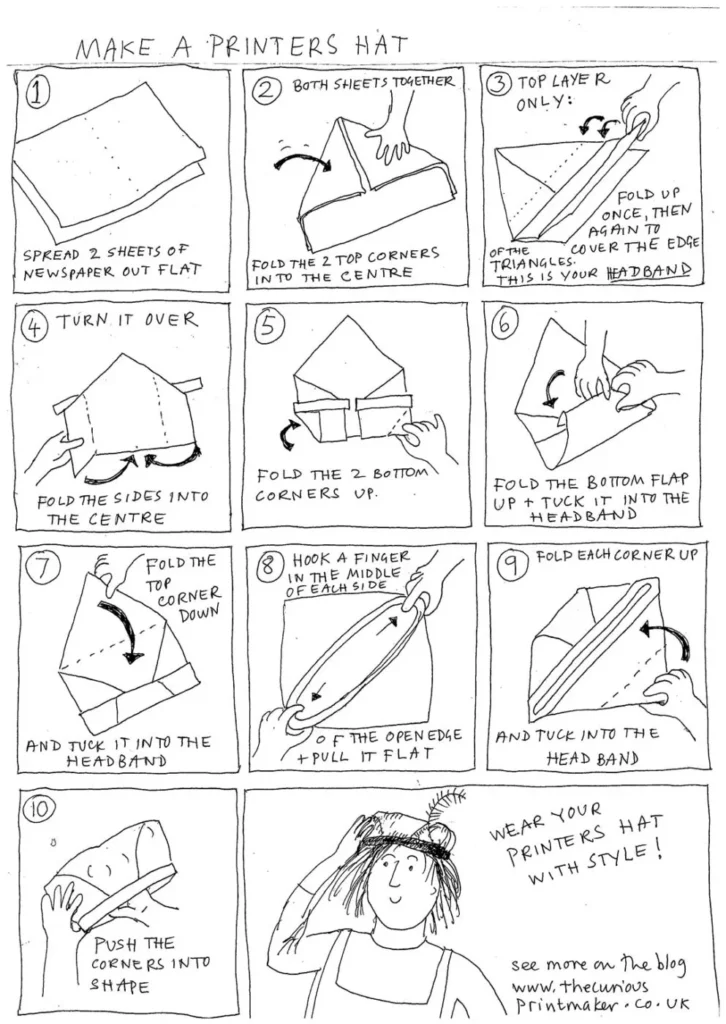
Crafting a simple paper hat involves basic folding steps that anyone can learn quickly. This section will guide you through making a classic newspaper hat, a favorite among kids and adults alike.
Follow a step-by-step folding method: fold, crease, and shape paper to form a basic hat suitable for casual wear or costume fun.
- Step 1: Prepare Your Paper Use a rectangular sheet, preferably newspaper or printer paper. Fold it in half lengthwise.
- Step 2: Create the Triangle Fold the top corners down to meet at the center crease, forming a triangle.
- Step 3: Fold the Bottom Edges Fold the bottom flaps up on both sides to create the brim of the hat.
- Step 4: Secure the Shape Tuck in the corners or use a small piece of tape to hold the hat together.
- Step 5: Adjust and Decorate Open the hat slightly and shape it to fit your head. Add decorations as desired.
Tips for success: Use crisp folds for a neat appearance and choose paper that isn’t too thick to avoid difficulty folding.
Common mistakes: Avoid using overly thick cardboard for this simple design, as it can be hard to fold properly.
| Step | Action | Tips |
|---|---|---|
| Prepare Paper | Use rectangular sheet, fold lengthwise | Use newspaper or printer paper |
| Fold Corners | Fold top corners to center | Make sharp creases |
| Fold Bottom Edges | Fold up bottom flaps | Ensure even folds |
| Secure Hat | Tuck corners or tape | Avoid bulky tape |
| Adjust & Decorate | Shape to fit, add decorations | Personalize for fun |
4. How Can You Customize Your Paper Hat?
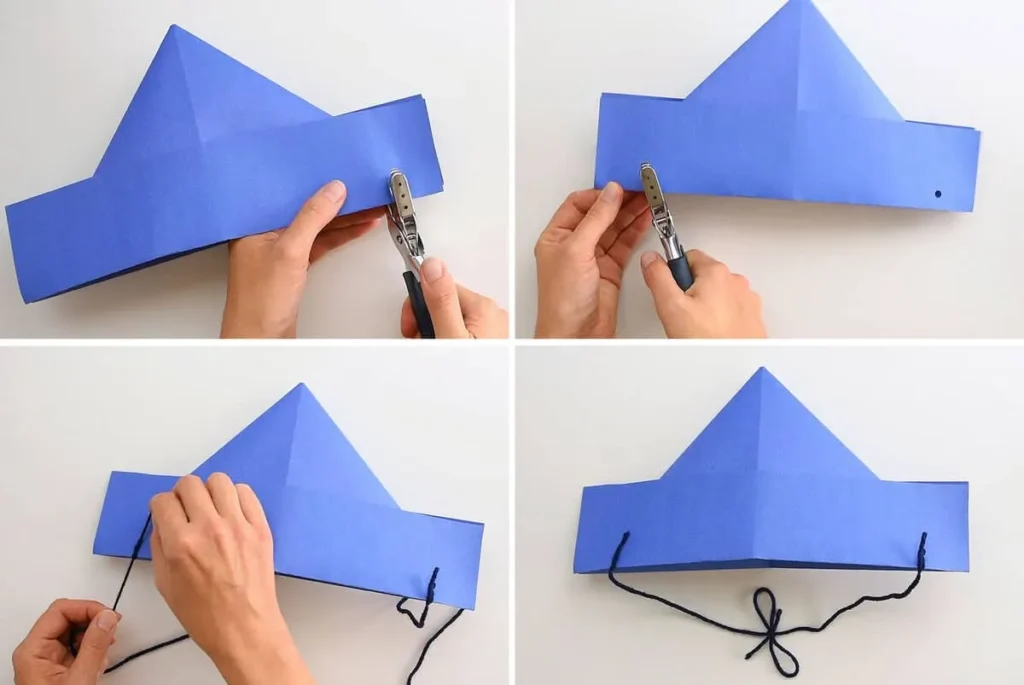
Customization lets you turn a plain paper hat into a personal statement. From colors to embellishments, there are countless ways to make your hat truly yours.
Add ribbons, paint, stickers, or themed decorations to personalize your hat for birthdays, holidays, or costumes.
- Painting and Coloring: Use watercolors or markers to add patterns or your favorite colors. For example, polka dots or stripes can make a party hat pop.
- Adding Accessories: Glue on pom-poms, feathers, or sequins for texture and sparkle.
- Themed Designs: Match your hat to a holiday or event—like adding bunny ears for Easter or flames for a rock concert theme.
- Personal Messages: Write names or fun phrases on your hat to make it a keepsake.
- Interactive Features: Attach small bells or LED lights for fun effects.
Customization is where creativity shines, transforming simple paper into a memorable accessory.
| Customization Method | Description | Example Use |
|---|---|---|
| Painting & Coloring | Add patterns or colors | Polka dots, stripes |
| Accessories | Pom-poms, feathers, sequins | Party sparkle |
| Themed Designs | Holiday or event-specific | Bunny ears for Easter |
| Personal Messages | Write names or phrases | Keepsake hats |
| Interactive Features | Bells, LED lights | Fun party hats |
5. Are There Advanced Paper Hat Designs?
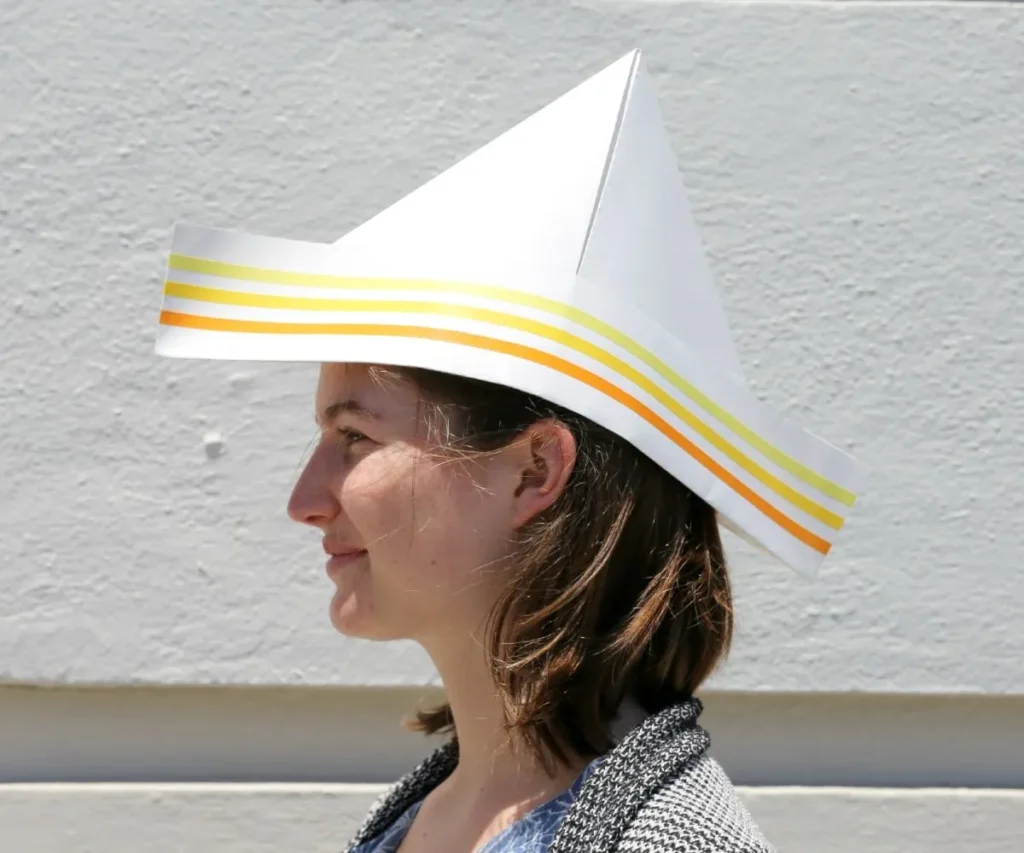
For crafters ready to challenge themselves, advanced paper hats involve complex folds, 3D structures, or mixed media. These projects require patience and skill but offer impressive results.
Advanced designs include intricate origami hats, sculptural forms, and hats with moving or light-up parts for an interactive experience.
- Origami Masterpieces: These often involve multiple folds and steps, creating elegant shapes like samurai helmets or elaborate crowns. They teach precision and patience.
- 3D Sculptures: Using thicker paper or combining sheets, these hats can mimic real-world materials and designs, like cowboy hats with curved brims.
- Interactive Hats: Incorporate mechanisms such as paper springs or LEDs powered by small batteries to add movement and light.
- Mixed Materials: Combine paper with fabric or wire frames for stability and enhanced aesthetics.
- Design Challenges: Balancing durability with flexibility, ensuring comfort while maintaining artistic complexity.
Advanced paper hat making opens doors to art installations, theatrical costumes, and collectible pieces.
| Advanced Design Type | Characteristics | Example |
|---|---|---|
| Origami Masterpieces | Complex folds, precise | Samurai helmet |
| 3D Sculptures | Thick paper, layered structures | Cowboy hat replicas |
| Interactive Hats | Moving parts, lights | LED light-up party hats |
| Mixed Materials | Paper combined with other media | Wire-framed hats |
| Design Challenges | Durability & comfort balance | Wearable art pieces |
6. Where Can You Find Inspiration and Tutorials?
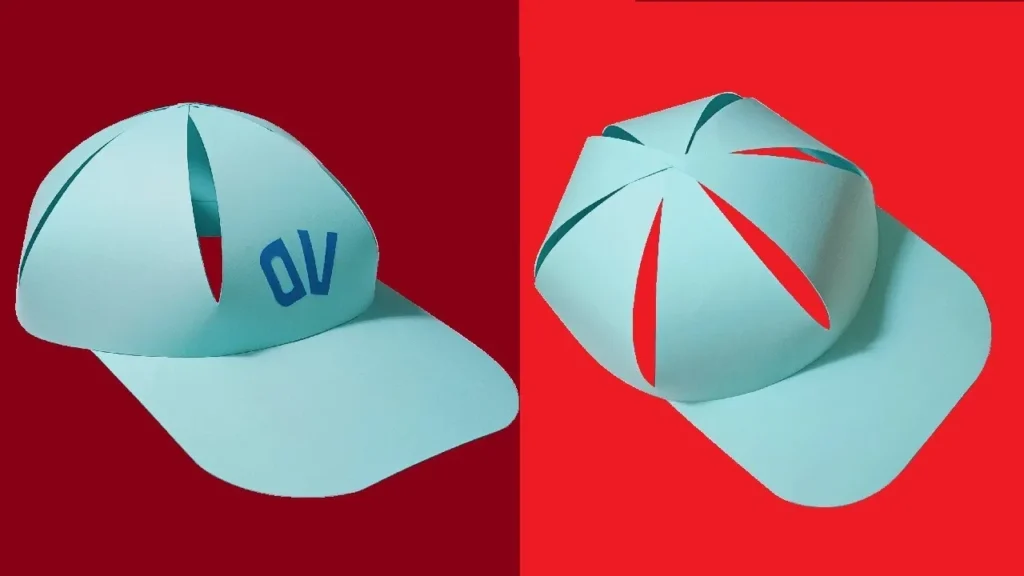
The internet is full of resources to guide and inspire your paper hat journey. From videos to community forums, you’ll find step-by-step instructions and creative ideas for all skill levels.
Popular platforms for paper hat tutorials include YouTube, crafting websites, and social media groups dedicated to DIY projects.
- YouTube Tutorials: Channels offer video walkthroughs for beginners and advanced crafters, demonstrating folding techniques clearly.
- Crafting Websites: Sites like OrigamiWay, Instructables, and Onelittleproject provide written guides with images and tips.
- Online Communities: Reddit, Facebook groups, and Pinterest boards connect you with fellow crafters to share ideas, troubleshoot, and showcase work.
- Books and Magazines: Traditional crafting publications remain valuable for detailed techniques and inspiration.
- Workshops and Classes: Some local craft stores or community centers offer hands-on classes to learn paper hat making.
By exploring these avenues, you can continuously improve and find fresh ideas for your creations.
| Resource Type | Examples | Benefits |
|---|---|---|
| YouTube Tutorials | Craft channels | Visual, step-by-step guides |
| Crafting Websites | OrigamiWay, Instructables | Written guides, photos |
| Online Communities | Reddit, Facebook groups | Support, idea sharing |
| Books & Magazines | Crafting publications | Detailed, curated content |
| Workshops & Classes | Local craft stores, community | Hands-on learning |
Ready to Bring Your Paper Hat Ideas to Life?
If you’re inspired to take your creativity beyond paper and explore professionally made hats—whether for fashion, sports, or promotional use—Kinwin is your trusted partner. We specialize in designing and producing high-quality, sustainable hats tailored to your unique needs.
Contact Kinwin today to discuss your custom hat project, get a quote, and discover how we can turn your ideas into stylish reality.



